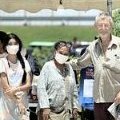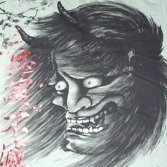[Myanmar] No Christmas Armistice In Kachin State
-
Recently Browsing 0 members
- No registered users viewing this page.
-
Topics
-
-
Popular Contributors
-
-
Latest posts...
-
38
Report British Embassy Alerts Pattaya Expats to Growing Risks
Not once in the 30 years I’ve been smoking weed did I ever get hallucinations from it…. -
-
38
Report British Embassy Alerts Pattaya Expats to Growing Risks
Useful information for once. As a UK Citizen living in Cambodia, I am now registered with the British Embassy in Phnom Penh to receive details by email, especially in relation to safety issues and warnings. -
3
how to contact UK international pensions centre
cancel that. number is 001 44 191 218 777 thanks -
10
Middle East Urgent Plea: 28 Nations Unite for Immediate Gaza Ceasefire
Wrong. Lock up the billionaire Hamas leaders hiding in Qatari 5 star hotels who started this mess and want it to continue by refusing to release all hostages so as Aljazeera can broadcast more propaganda to convince a weak mind like yours. -
-
-
Popular in The Pub








Recommended Posts
Create an account or sign in to comment
You need to be a member in order to leave a comment
Create an account
Sign up for a new account in our community. It's easy!
Register a new accountSign in
Already have an account? Sign in here.
Sign In Now